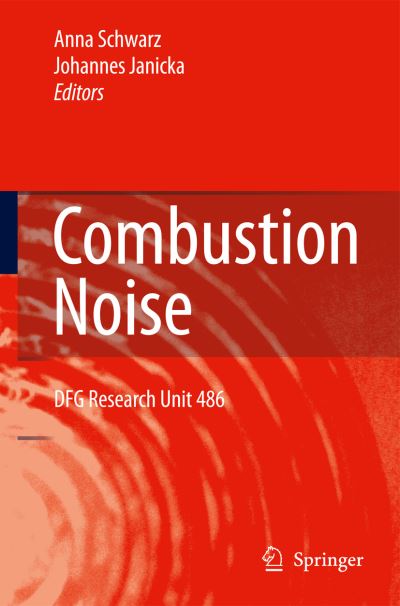
November, 2008 Anna Schwarz, Johannes Janicka In the last thirty years noise emission has developed into a topic of increasing importance to society and economy. In ?elds such as air, road and rail traf?c, the control of noise emissions and development of associated noise-reduction techno- gies is a central requirement for social acceptance and economical competitiveness. The noise emission of combustion systems is a major part of the task of noise - duction. The following aspects motivate research: Modern combustion chambers in technical combustion systems with low pol- tion exhausts are 5 - 8 dB louder compared to their predecessors. In the ope- tional state the noise pressure levels achieved can even be 10-15 dB louder. High capacity torches in the chemical industry are usually placed at ground level because of the reasons of noise emissions instead of being placed at a height suitable for safety and security. For airplanes the combustion emissions become a more and more important topic. The combustion instability and noise issues are one major obstacle for the introduction of green technologies as lean fuel combustion and premixed burners in aero-engines. The direct and indirect contribution of combustion noise to the overall core noise is still under discussion. However, it is clear that the core noise besides the fan tone will become an important noise source in future aero-engine designs. To further reduce the jet noise, geared ultra high bypass ratio fans are driven by only a few highly loaded turbine stages.
| ISBN: | 9783642020377 |
| Publication date: | 26th June 2009 |
| Author: | Anna Schwarz, Johannes Janicka, Deutsche Forschungsgemeinschaft |
| Publisher: | Springer an imprint of Springer Berlin Heidelberg |
| Format: | Hardback |
| Pagination: | 291 pages |
| Series: | Fluid Mechanics and It's Applications |
| Genres: |
Acoustic and sound engineering Wave mechanics (vibration and acoustics) Engineering thermodynamics |